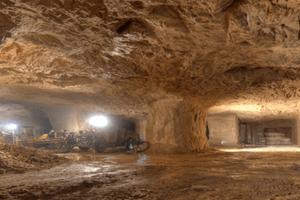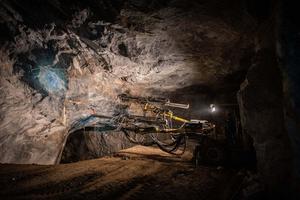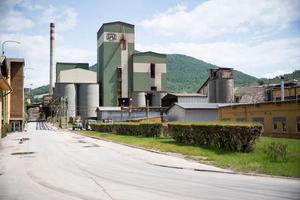Another tourist attraction may soon open in the Banská Bystrica Region, central Slovakia. This time, tourists will be able to visit a place that they perhaps haven't been to before.
A helping hand in the heart of Europe offers for you Slovakia travel guide.
The plan is to make a part of the Jelšava magnesite mine in the eastern part of the region available to visitors. It is no longer intensively mined.
Guided tours are planned
The site of the strategic employer SMZ in the middle of Gemer tourism region has a lot to offer. The deep mining of the raw material takes place in the Dúbravský Massif right behind the factory.
SMZ is the largest producer of dead-burnt magnesite in the world.
"Slovenské Magnezitové Závody (SMZ) do not need to be introduced in any way. They are among the largest employers not only in Jelšava, but also in the region. And soon they will be known all over Slovakia," said Ondrej Lunter, governor of the Banská Bystrica Region.
He specified that, together with the Regional Tourism Organisation Banská Bystrica Region Tourism, the Jelšava Magnesitka, as the company is also known, and the Slovmag Župa company, they are creating a working group with a single goal: organising guided tours of the plant area.
"We see that our region has a number of remarkable technical monuments, which are becoming more and more popular. Making the factories available will bring new opportunities for the town, as well as the entire region," said the mayor Milan Kolesár.
He added that he appreciates the approach of the factory's management, which, according to him, understands its social responsibility in the region.
"It doesn't stop with the employment of more than 700 people, but continues to support the development of the local community and tourism, also exemplified by the intention of guided tours," said Lunter.
He reiterated that the result of the aforementioned cooperation will soon be added to the catalogue of experiences that the Banská Bystrica Region offers, not only to domestic but also foreign visitors.
Old plant experienced worser times
The magnesite plant celebrated its centenary last September. The first mention of magnesite in the Dúbravský Massif dates back to 1893. The company Magnezitový Priemysel started building a new plant in 1921. Two years later, they started a trial operation.
During the following years, the magnesite plant experienced better and worse times.
During World War II, German troops damaged the plant and shut it down. It took almost three years to resume production. In 1949, they nationalised the plant. Production expanded, new furnaces were added.
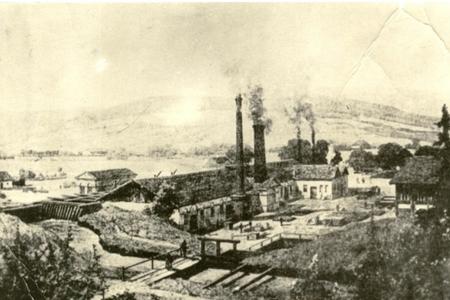
The magnesite plant in Jelšava became independent in 1990, after the dissolution of the national enterprise Slovenské Magnezitové Závody Košice. Later, the workers and managers privatised the company.
In 2000, the company invested in a new shaft furnace and opened a new deposit in Miková. Three years later, Slovenské Magnezitové Závody bought the Košice Komag with shaft furnaces and the Genes company from Hnúšťa, focused on talc mining.
An important landmark in the history of the plant is also the year 2008, when the company resisted a hostile takeover by Russian investors.
"The Russians tried to persuade some employees to sell them shares. The management at the time opposed it," recalled SMZ CEO Roman Gažúr in 2023.
And most recently, visitors to one of the little-explored corners of the Banská Bystrica Region will get to know its interesting history on the spot.
©My Novohrad
Spectacular Slovakia travel guides
A helping hand in the heart of Europe thanks to the Slovakia travel guide with more than 1,000 photos and hundreds of tourist spots.
A detailed travel guide to the Tatras introduces you to the whole region around the Tatra mountains, including attractions on the Polish side.
Lost in Bratislava? It's impossible with our City Guide!
Selected travel articles, podcasts, travellers' needs as well as other guides dedicated to Nitra, Trenčín Region, Trnava Region and Žilina Region.


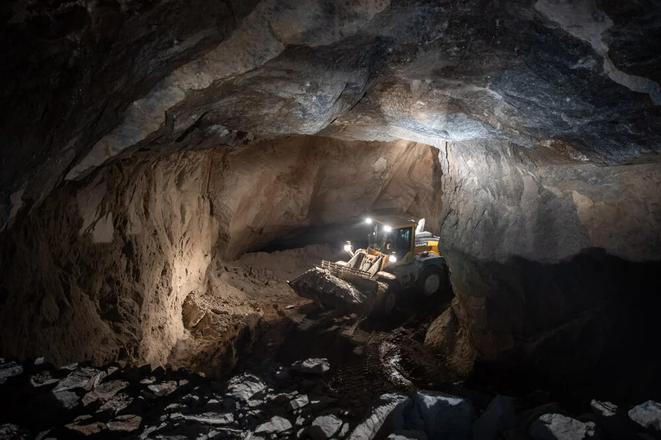 The Jelšava underground, central Slovakia. (source: Sme - Jozef Jakubčo)
The Jelšava underground, central Slovakia. (source: Sme - Jozef Jakubčo)
